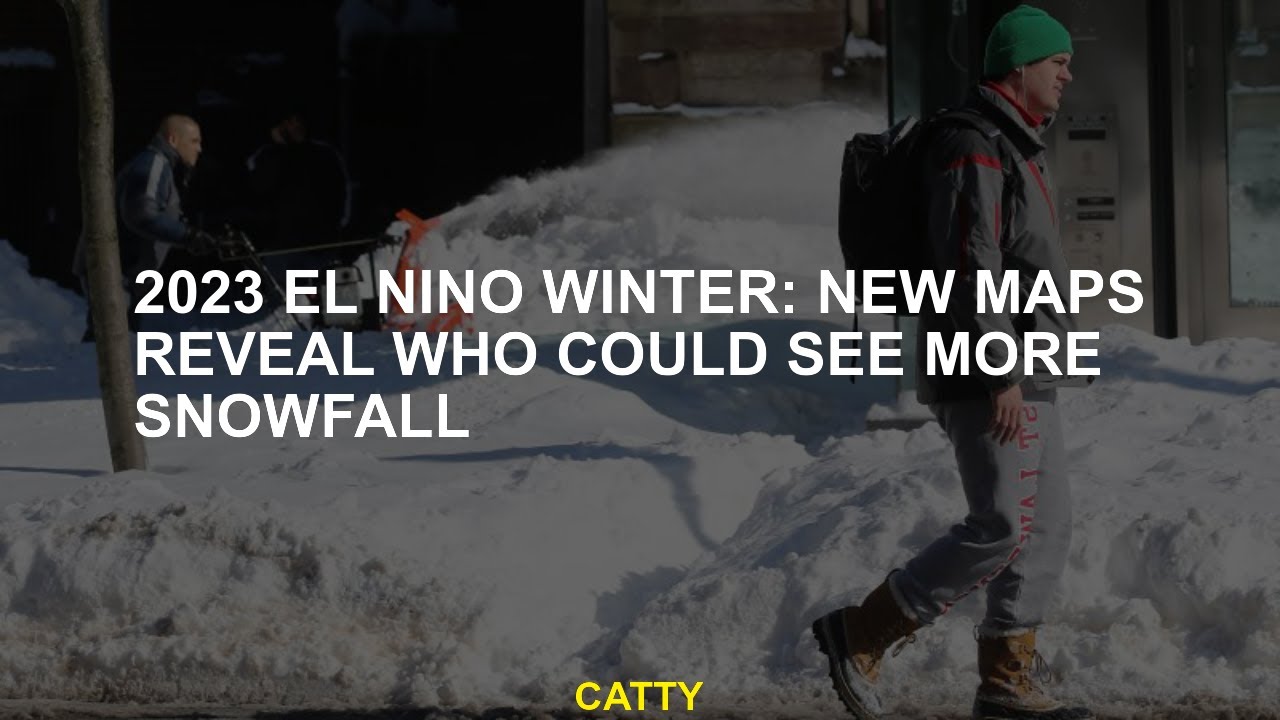Introduction:
California’s diverse climate is influenced by various atmospheric and oceanic phenomena, and one of the most significant players in this intricate dance is El Niño. This climate pattern, characterized by warmer-than-average sea surface temperatures in the central and eastern Pacific Ocean, can have far-reaching effects on weather patterns around the globe. In particular, California’s winter snowfall is closely tied to the presence of El Niño. In this blog post, we’ll explore how El Niño can impact California’s winter snowfall and what it means for residents, water resources, and the environment.
Understanding El Niño:
El Niño is part of the El Niño-Southern Oscillation (ENSO) cycle, a climate phenomenon that occurs irregularly every 2 to 7 years. During El Niño events, warm ocean water near the equator in the Pacific Ocean disrupts typical atmospheric circulation patterns, leading to changes in weather around the world.
Impact on California’s Winter Snowfall:
- Warmer Temperatures: One of the most immediate effects of El Niño on California’s winter weather is the tendency for warmer temperatures. The warmer ocean surface temperatures influence the jet stream, diverting it away from the region. As a result, California experiences milder and drier conditions, leading to reduced snowfall in mountainous areas.
- Decreased Snowpack: California’s snowpack is a critical water source, providing a slow release of water as it melts during the warmer months. During El Niño events, the reduced winter snowfall contributes to a diminished snowpack. This has significant implications for water resources, as a lower snowpack can lead to water shortages in the warmer months and impact agriculture, ecosystems, and communities that rely on snowmelt for their water supply.
- Increased Flooding and Mudslides: While El Niño tends to bring warmer and drier conditions overall, it can also lead to intense and sporadic rainfall. The reduced snowpack, combined with heavy rainfall, increases the risk of flooding and mudslides. This dual threat poses challenges for residents and infrastructure, highlighting the importance of preparedness during El Niño-influenced winters.
- Wildfire Concerns: In the aftermath of El Niño events, the warmer and drier conditions that follow can elevate the risk of wildfires. Reduced snowpack and increased vegetation due to previous rainfall create a combustible environment, underscoring the need for vigilance and fire prevention measures.
Mitigation and Adaptation:
Understanding the potential impacts of El Niño on California’s winter snowfall allows for better preparation and adaptation strategies. Water conservation measures, improved infrastructure for flood control, and wildfire prevention efforts become crucial during El Niño-influenced winters.
Conclusion:
El Niño’s influence on California’s winter snowfall is a reminder of the interconnectedness of global climate patterns. While the effects can be challenging, proactive measures and community awareness can help mitigate the impact on water resources, reduce the risk of natural disasters, and foster resilience in the face of changing weather patterns. As California continues to navigate the complexities of its climate, understanding and preparing for the El Niño effect is a key step toward building a sustainable and adaptable future.



